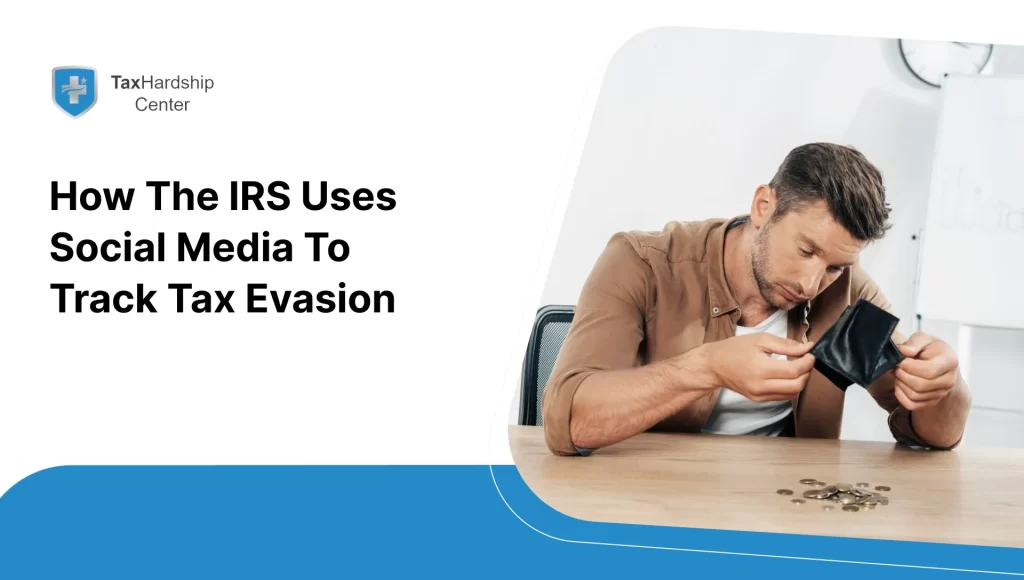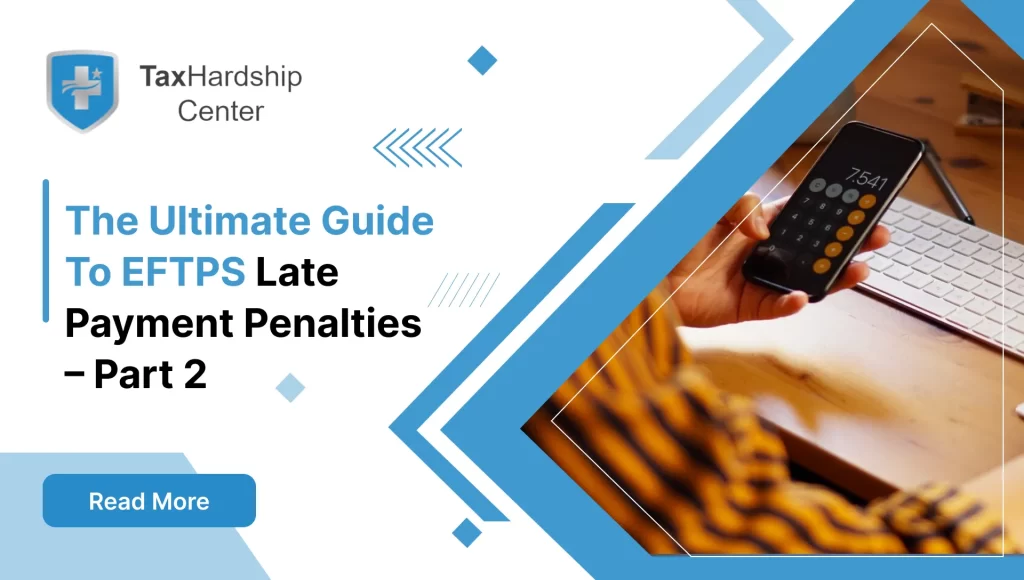Facing the looming shadow of tax debt can feel like navigating a complex, anxiety-inducing maze. But remember, you’re not alone. The U.S. offers a variety of tax debt relief programs, each a potential key to unlocking your financial freedom. However, choosing the right path requires a clear understanding of the options available and the tradeoffs involved. So, grab your flashlight and step with us into the intricate world of tax debt relief:
Navigating the Different Avenues:
1. IRS Payment Plans: It helps stretch your burden over time. The IRS Repayment Program allows individuals to make monthly installments toward their tax debt. The payment amount is based on the individual’s financial situation and ability to pay. Generally, the repayment period can last up to six years, although exceptions can be made based on specific circumstances.
- Eligibility: Open to anyone with tax debt.
- Types:
- Short-term Payment Plan: Breathe easy for up to 120 days – perfect for manageable debts.
- Installment Agreement: Tackle more considerable burdens over a more extended period, with agreements stretching up to 72 months.
- Fees: A $31 setup fee and a $105 direct debit fee might apply.
- Interest: The debt keeps accruing interest, but penalties temporarily pause, giving you room to breathe.
2. Offer in Compromise (OIC): If your tax burden feels heavier, the OIC might be your knight in shining armor. It allows you to settle your debt for less than you owe but prepare for a battle royale with eligibility requirements.
- Eligibility: This path is only for some. You need to demonstrate financial hardship (think living hand-to-mouth) and an inability to pay the total amount.
- Acceptance Rates: The IRS plays hardball – only half of OIC applications are accepted annually, with rates varying by state (e.g., 40% in California and 46% in Texas).
- Types of OICs:
- Doubt about Collectibility: Prove you’re financially strapped and need help to cough up the total amount.
- Doubt as to Liability: Challenge the very tax itself – good luck with that!
- Effective Tax Administration: Special circumstances like natural disasters might sway the IRS.
- Fees: A non-refundable $205 application fee is a toll for entering the battlefield.
3. Innocent Spouse Relief: Were you unfairly dragged into your spouse’s tax mess? Don’t despair! This program might lift the weight off your shoulders.
- Eligibility: Prove you were completely unaware of your spouse’s tax shenanigans and suffered financial hardship because of them. Think financial abuse or separate finances.
- Types of Relief:
- Separation of Liability: Escape the tax shackles entirely!
- Equitable Relief: Share the burden a bit more fairly.
- Application Process: Form 8857 and mountains of proof are your weapons in this battle.
4. Private Tax Debt Relief Companies: These companies act as your tax debt negotiator, promising to sweet-talk the IRS into reducing your burden. But beware of sirens’ songs!
- Services Offered: Negotiation expertise, debt consolidation magic, and application assistance – think of them as hired guns.
- Fees: These can vary wildly, with some charging percentages of your debt or hefty monthly fees. Remember, free lunch in the tax world usually comes with a hidden price tag.
- Cautions: Scammers lurk in the shadows! Research your chosen company thoroughly. Look for accreditation and a spotless reputation.
Balancing the Tradeoffs:
Choosing the right program demands a delicate balancing act, with various factors like juggling pins:
- Financial Hardship: The IRS wants to understand how much your pockets jingle. Income, expenses, assets, and even grocery bills become key evidence.
- Debt Amount: OICs usually shine for debts exceeding $10,000, while payment plans might be the lighter backpack for smaller burdens.
- Timeline: Payment plans can stretch over 72 months, while the OIC process might take 6-9 months, sometimes longer. Patience is your friend.
- Impact on Credit Score: Tax liens and levies are credit score assassins. Some programs, like payment plans, aim to minimize the damage.
Beyond the IRS: Exploring Alternative Pathways to Tax Debt Resolution
While navigating the labyrinth of IRS programs can be challenging, remember it’s not the only path towards tackling your tax debt. Here, we unveil a map of alternative avenues, each with its own set of strengths and pitfalls to consider carefully:
1. Loaning Your Way Out:
- Home Equity Line of Credit (HELOC): This option unlocks the equity in your home, offering a readily available pool of funds to settle your tax debt. Pros: Accessing large sums, potentially lower interest rates than credit cards. Cons: Your home acts as collateral, putting it at risk if you default. HELOCs also tend to have variable interest rates, potentially leading to fluctuating payments.
- 401(k) Loan: If you have a 401(k), tapping into it can provide immediate debt relief. Pros: No credit check required, usually lower interest rates than credit cards. Cons: If you default, you’ll pay interest on the loan, miss out on potential market gains, and face hefty penalties and taxes. Consider this a last resort.
2. Plastic Solutions with Caution:
- Credit Cards: Using credit cards can offer temporary relief, but beware!
- Pros: Easy access to funds and potential reward points if used strategically.
- Cons: Sky-high interest rates can exacerbate your debt and trap you in a cycle of repayments.
Consider this option if you can repay the borrowed amount swiftly and avoid accruing further interest.
Beyond the Loans and Cards:
- Negotiating Payment Plans: Explore possible arrangements with the IRS directly. Offering lump sum payments for reduced penalties can be a viable option.
- Selling Assets: Consider liquidating valuable possessions like unused vehicles, jewelry, or electronics to raise necessary funds.
- Debt Consolidation Loans: Combining multiple debts into one loan with a lower interest rate can simplify your debt management and potentially reduce overall costs.
- Income-Boosting Strategies: Take on a side hustle, freelance, or monetize a hobby to generate additional income for debt repayment.
Remember: Each option carries its advantages and disadvantages. Carefully assess your financial situation, risk tolerance, and long-term goals before choosing the path that best fits your needs. Seeking professional guidance from a financial advisor or tax specialist can provide valuable insights and help you navigate these challenging decisions.
Beyond Options: Deepening Your Exploration of Tax Debt Relief in the USA
We’ve delved into the initial maze of tax debt relief programs, but remember, the true path to financial freedom requires nuance and deeper understanding. Let’s navigate further, exploring the tradeoffs, challenges, and impacts beyond the basic program types:
The Delicate Dance of Balancing Priorities:
Balancing different factors isn’t just a juggling act; it’s an intricate waltz with your financial future. Consider these additional aspects:
- Credit Score vs. Immediate Relief: Some programs like OICs might offer substantial debt reduction but can temporarily harm your credit. Weigh the long-term benefit of reduced debt against the potential short-term hit to your credit score.
- Privacy vs. Professional Help: Navigating complex paperwork and eligibility requirements can be daunting. Seeking professional guidance can ease the burden but might involve sharing sensitive financial information. Determine your comfort level with disclosing financial details before seeking professional help.
- Short-Term Hardship vs. Long-Term Stability: Programs like payment plans offer immediate relief from penalties and collection actions, but the debt continues to accrue interest. Analyze whether short-term breathing room outweighs the long-term burden of increased debt.
Challenging the Maze: Hidden Obstacles and How to Overcome Them:
Beyond the initial eligibility hurdles, hidden obstacles can lurk within each program:
- IRS Bureaucracy: Dealing with the IRS can be slow and frustrating. Prepare for delays, documentation requests, and potential appeals processes. Patience and persistence are key.
- Hidden Costs and Fees: Some programs, especially private companies, might carry hidden fees or costs beyond what’s initially advertised. Scrutinize contracts and agreements before signing on the dotted line.
- Personal Accountability: Any chosen program requires active participation and commitment. Responsible budgeting, financial discipline, and adherence to program guidelines are crucial for success.
The Ripple Effect: Considering the Wider Impact:
Your choice of program won’t just impact your tax debt; it has far-reaching consequences:
- Impact on Mental Health: The stress of tax debt can be immense. Choosing a program that offers long-term solutions and minimizes uncertainty can contribute significantly to your mental well-being.
- Relationships and Family: Tax debt can strain relationships. Open communication and explaining your path to debt resolution can help maintain trust and support from loved ones.
- Future Financial Opportunities: Tax liens and bad credit can limit borrowing ability and employment opportunities. Opting for programs that minimize credit score damage can pave the way for future financial prosperity.
Conclusion:
Exploring tax debt relief programs is crucial to achieving financial freedom. Understanding the available options, eligibility criteria, and potential tradeoffs is essential in navigating the complex landscape of tax debt resolution. Whether you opt for IRS payment plans, an Offer in Compromise, Innocent Spouse Relief, or alternative pathways, each choice has its advantages and challenges.
As you embark on this journey, remember to carefully weigh factors such as financial hardship, debt amount, timeline, and the impact on your credit score. Seeking professional guidance and evaluating alternative avenues beyond the IRS programs can provide a more comprehensive approach to resolving tax debt.
Tax Hardship Center: Unburdening Your Tax Journey, Guaranteed!
Tax complexities need not be a labyrinth of worry, thanks to the Tax Hardship Center—an unwavering beacon of clarity in the financial fog, committed to ensuring your tax journey is nothing short of worry-free.
Why Choose Tax Hardship Center?
- Hassle-Free Assistance:
Bid farewell to sleepless nights and tax-related stress. The Tax Hardship Center simplifies the complex. Our expert team dedicates itself to guiding you through each step, addressing your tax concerns with precision and care.
- 14-Day Money Back Guarantee:
We’re so confident in alleviating your tax worries that we offer a 14-day money-back guarantee. If, for any reason, you’re dissatisfied, we’ll promptly refund your investment. Your peace of mind is our paramount concern!
- Free Consultation:
Are you eager to witness the transformation of your tax experience? Book a free consultation now! Our team will evaluate your situation, answer queries, and provide tailored insights at zero cost.
- Nationwide Coverage:
Regardless of your location within the United States, the Tax Hardship Center has you covered. Serving all 50 states, our commitment to excellence transcends geographical boundaries. Wherever you reside, count on us to deliver expertise to your doorstep.
Frequently Asked Questions:
Q: How do I determine the right tax debt relief program?
A: Consider factors like your financial hardship, the amount of debt, and your timeline for resolution. Evaluate the impact on your credit score and seek professional guidance to make an informed decision.
Q: Are there hidden costs associated with tax debt relief programs?
A: Yes, especially with private companies. Scrutinize contracts for hidden fees and costs beyond what’s initially advertised. Be vigilant to ensure transparency throughout the process.
Q: How long does it take to resolve tax debt through these programs?
A: Timelines vary. Payment plans can extend up to 72 months, while an Offer in Compromise might take 6-9 months. Patience is crucial, considering potential delays in dealing with IRS bureaucracy.
Q: Can tax debt relief impact my credit score?
A: Yes, specific programs may have a temporary impact. Evaluate the long-term benefits against short-term credit score considerations. Some options aim to minimize credit damage, so choose accordingly.
Q: Should I consider alternative pathways beyond IRS programs?
A: Yes, exploring alternatives like loans credit cards, negotiating payment plans directly with the IRS, selling assets, debt consolidation, and income-boosting strategies can provide additional options. Carefully assess their pros and cons based on your unique situation.








